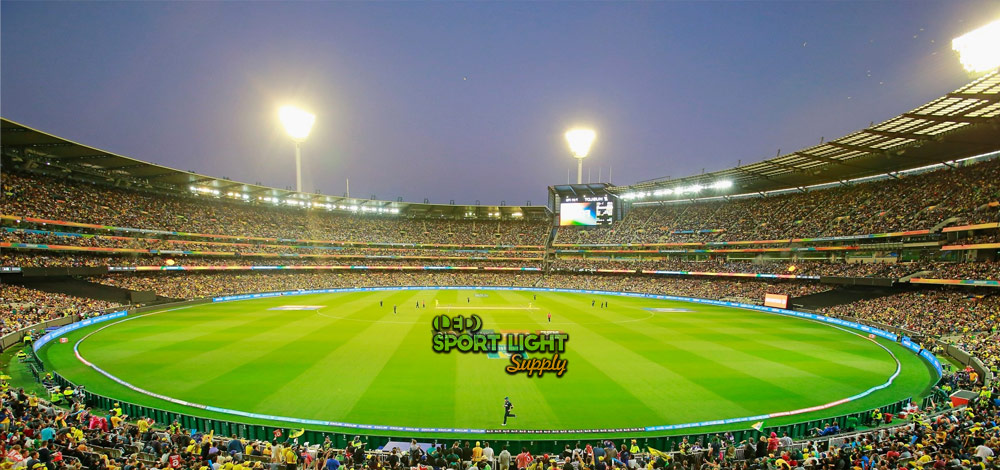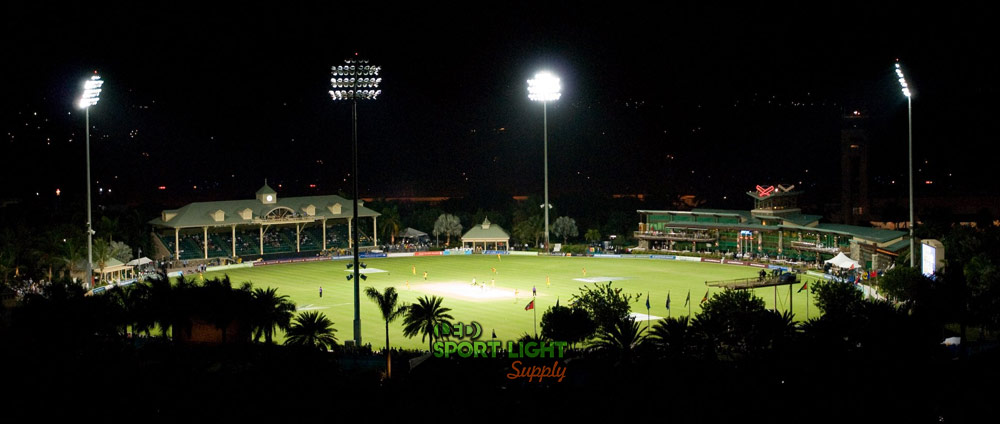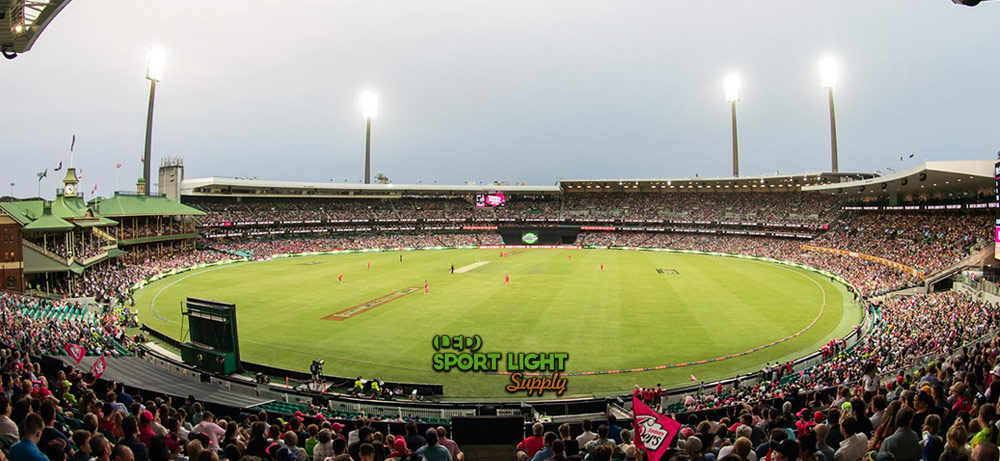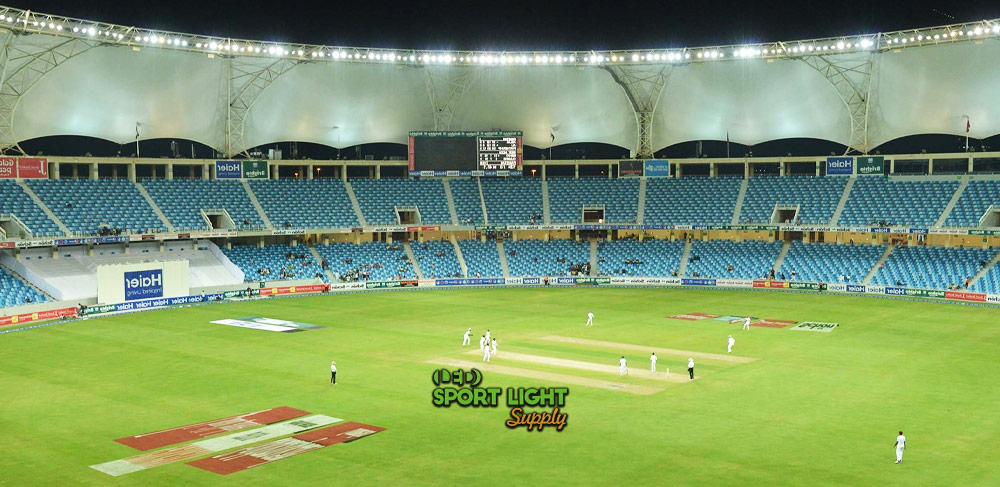The cost of lighting for a cricket field can indeed be a concern for many stadium owners, and it’s understandable why they might be apprehensive. However, it’s important to recognize that the initial investment in cricket field lights doesn’t have to be prohibitively expensive. With a well-thought-out lighting design and layout plan, it’s possible to significantly reduce the overall costs. This article aims to provide you with essential insights into the costs associated with cricket ground lighting and offer practical tips for saving money. By focusing on effective design strategies and understanding the various factors that influence pricing, you can make informed decisions that ensure you get the best value without exceeding your budget. Whether you’re replacing outdated lighting or upgrading to a more advanced system, this guide will help you navigate the process efficiently and economically, so you can achieve optimal lighting for your cricket stadium without breaking the bank.
Table of Contents
ToggleWhat Determines the Cost of Cricket Field and Stadium Lighting?
Several factors impact the cost of lighting for cricket fields and stadiums. Understanding these factors can provide insight into the complexities of designing and installing effective lighting systems for different levels of competition and field sizes.
Level of Competition

One of the most crucial factors influencing lighting costs is the level of competition for which the cricket field is designed. The brightness required and, consequently, the lighting cost vary significantly based on this level. Cricket fields are categorized into three classes:
| Class | Purpose |
|---|---|
| Class I | Designed for national or international tournaments such as the ICC Cricket World Cup. |
| Class II | Intended for regional or local competitions. |
| Class III | Used primarily for training or recreational purposes. |
Class I fields demand the highest illumination, typically around 750 lux, requiring more powerful and numerous lights. In contrast, Class II and III fields need 500 lux and 300 lux, respectively, which means lower wattage and fewer lights. For example, a Class III field might use 400-watt LEDs, while a Class I field could require 1000 to 1500-watt LEDs. Thus, the cost of lighting increases with the level of competition.
Cricket Stadium Lighting Layout

Number of Light Poles
The layout of light poles on the cricket field affects both the cost and efficiency of the lighting system. A greater number of poles can reduce light loss and minimize the number of floodlights needed, potentially lowering costs. Common configurations include 4-pole, 6-pole, or 8-pole setups. However, increasing the number of poles raises the cost of both the poles and their installation. Achieving a balance between the number of poles and lights is essential to manage costs effectively.
Height of Light Poles

The height of the light poles also plays a role in determining the lighting cost. Shorter poles reduce light loss and can decrease the overall wattage needed, thereby reducing costs. However, taller poles, such as high mast poles, are often preferred for achieving better lighting uniformity and ensuring that the cricket ball, which can travel up to 20 meters high, remains visible to players and spectators. Taller poles can help avoid lighting issues that may arise from lower poles.
Cricket Field Light Source
Various light sources are available for cricket fields, including LED, metal halide, high-pressure sodium (HPS), mercury vapor, and halogen lights. While LED lights have a higher initial cost compared to other sources, they offer significant long-term benefits. LEDs have a lifespan exceeding 150,000 hours, compared to around 10,000 hours for metal halide and 2,000 hours for halogen bulbs. Additionally, LEDs have superior luminous efficacy, which contributes to lower running and maintenance costs. Investing in LED lighting can be cost-effective over time, despite the higher upfront expense.
Cricket Field Size

The size of the cricket field directly impacts the lighting cost. Larger fields require more lights and higher wattage to ensure adequate illumination. Each field’s unique dimensions and layout necessitate a customized lighting solution. To accurately estimate the required watts, lumens, and number of lights, it is advisable to obtain a photometric lighting report from a sports lighting company.
Origin of the Flood Lights
The cost of cricket field lights can vary depending on their origin. Lights manufactured in countries like the US tend to be more expensive due to higher labor and material costs. To reduce expenses, consider sourcing lights from countries such as India or China, where costs may be lower. Many sports lighting companies offer discounts, so it’s beneficial to inquire about potential savings.
Required Lighting Uniformity

Lighting uniformity, or the evenness of illumination across the field, can also affect the overall cost. Achieving high lighting uniformity, such as a uniformity ratio greater than 0.7, may require additional lights to cover shaded areas, increasing both the initial and operational costs. Ensuring proper uniformity is essential for optimal visibility and performance but can influence the overall budget for the lighting system.
Cost of Buying Cricket Stadium Lights
Understanding the costs associated with cricket stadium lighting requires considering several factors. To provide a clearer picture, we can use a calculation formula to estimate the expense based on different levels of illumination. Here’s how you can determine the cost:
How to Calculate
To estimate the cost of cricket stadium lights, begin by calculating the lumen requirement. This is done by multiplying the required lux level by the cricket field size in square meters and then multiplying the result by 1.2 to account for light loss. Next, determine the LED wattage needed by dividing the total lumen requirement by 150 (the number of lumens per watt). Finally, estimate the price by multiplying the total wattage by a price range of $0.6 to $1.5 per watt.
Assuming a cricket field size of 15,000 square meters, the estimated costs for various illumination levels are as follows:
Amateur or Recreational Cricket Field (300 lux)
For an amateur or recreational cricket field requiring 300 lux, first calculate the total lumens needed by multiplying 300 lux by 15,000 square meters and then by 1.2, resulting in 5,400,000 lumens. To find the total wattage of LED lights required, divide 5,400,000 lumens by 150 lumens per watt, which equals 36,000 watts. Consequently, the estimated cost can be determined by multiplying the total wattage of 36,000 watts by $0.6, resulting in $21,600. Alternatively, multiplying by $1.5 gives a cost of $54,000.
Training or Regional Competitions (500 lux)
For a training field or regional competitions that require 500 lux, calculate the total lumens needed by multiplying 500 lux by 15,000 square meters and then by 1.2, which results in 9,000,000 lumens. The total wattage of LED lights required is found by dividing 9,000,000 lumens by 150 lumens per watt, equating to 60,000 watts. The estimated cost is then determined by multiplying 60,000 watts by $0.6, which totals $36,000. Alternatively, multiplying by $1.5 results in a cost of $90,000.
National or International Cricket Tournament (750 lux)
For a national or international cricket stadium that requires 750 lux, calculate the total lumens needed by multiplying 750 lux by 15,000 square meters and then by 1.2, resulting in 13,500,000 lumens. To find the total wattage of LED lights required, divide 13,500,000 lumens by 150 lumens per watt, which gives 90,000 watts. The estimated cost can be calculated by multiplying 90,000 watts by $0.6, resulting in $54,000. Alternatively, multiplying by $1.5 gives a cost of $135,000.
4K TV Broadcasting (1,500 lux)
For a cricket field intended for 4K TV broadcasting, which requires the highest level of illumination at 1,500 lux, calculate the total lumens needed by multiplying 1,500 lux by 15,000 square meters and then by 1.2, resulting in 27,000,000 lumens. To determine the total wattage of LED lights required, divide 27,000,000 lumens by 150 lumens per watt, which equals 180,000 watts. Finally, estimate the cost by multiplying 180,000 watts by $0.6, resulting in $108,000. Alternatively, multiplying by $1.5 gives a cost of $270,000.
Conclusion
The cost of cricket stadium lighting can vary significantly based on several critical factors. These include the level of competition the stadium will host, the layout of the light poles, and the overall size of the field. Each of these factors influences the amount of illumination required, which in turn affects the total cost.
For instance, a stadium designed for international tournaments will need a higher lux level compared to a recreational field, leading to increased costs for more powerful and numerous lighting fixtures. Additionally, the arrangement of light poles plays a crucial role in achieving optimal lighting coverage and uniformity, which can further impact the overall expense. Larger fields will naturally require more lighting to ensure adequate illumination across the entire area.
To manage and potentially reduce these costs, it is highly recommended to utilize a DIALux photometric report. This advanced simulation tool provides a detailed analysis of the lighting outcome based on various parameters. By generating a photometric report, you can accurately estimate the required wattage and the number of lamps needed, allowing for a more precise and informed budgeting process. This approach not only helps in selecting the most efficient and cost-effective lighting solutions but also ensures that the lighting design meets the necessary standards for different levels of play.
